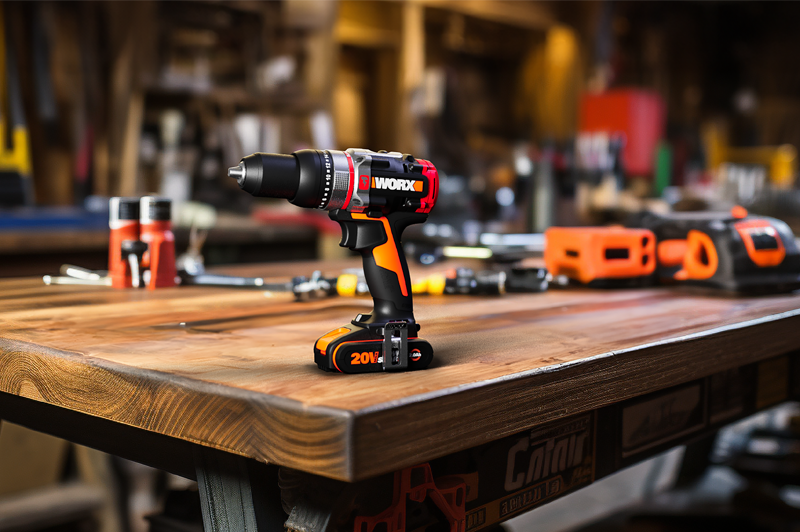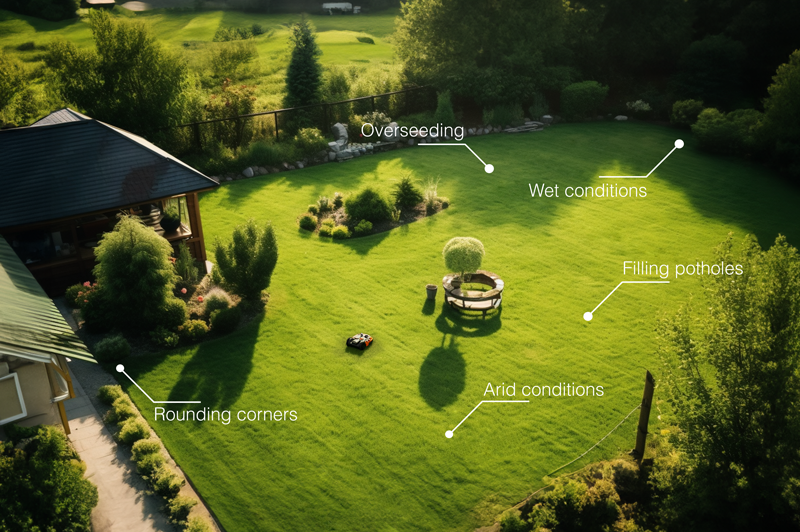Robot mowers move slowly and have small diameter blades, that’s for safety reasons. Then they have some downtime when they go back to the station to recharge their battery. As a consequence, they may be working the entire day to complete a large lawn.
Sure, they can do the job at night, but that’s a threat to hedgehogs’ safety.
So what’s the point of having a perfectly manicured lawn, if you can’t access it?
How conventional robot mowers navigate the lawn
Autonomous mowers work within an area that’s confined by a powered perimeter wire that emits a signal, preventing the robot from exiting the lawn. When it reaches the limit, the robot executes a number of maneuvers to redirect towards the inside of the lawn:
- It stops
- It moves backward for some half a meter
- It stops
- It turns either left or right at an angle commanded by a rolling algorithm
- It moves forward
At this point, if it turns the right way, it will proceed in the new direction until it hits the boundary wire again on the opposite side of the lawn.
If it turns the wrong way, it will sense the same side of the wire shortly, having to repeat the same set of maneuvers again.
Takeaway: conventional robot mowers waste a lot of time in maneuvers at the border of the lawn.
Meet Worx’s intelligent navigation technology AIA
Thanks to the patented AIA technology, Worx Landroid robotic lawn mowers simply steer in the right direction each time they reach the border of the lawn. This way they do not waste time around the border and complete the job in a substantially shorter time compared to conventional robot mowers.
Enjoy your large lawn
The benefits of the AIA intelligent navigation system are two:
- Less working time means fewer passes, so less wear for your turf.
- You can spend more time enjoying your garden, and less time worrying about its maintenance.



